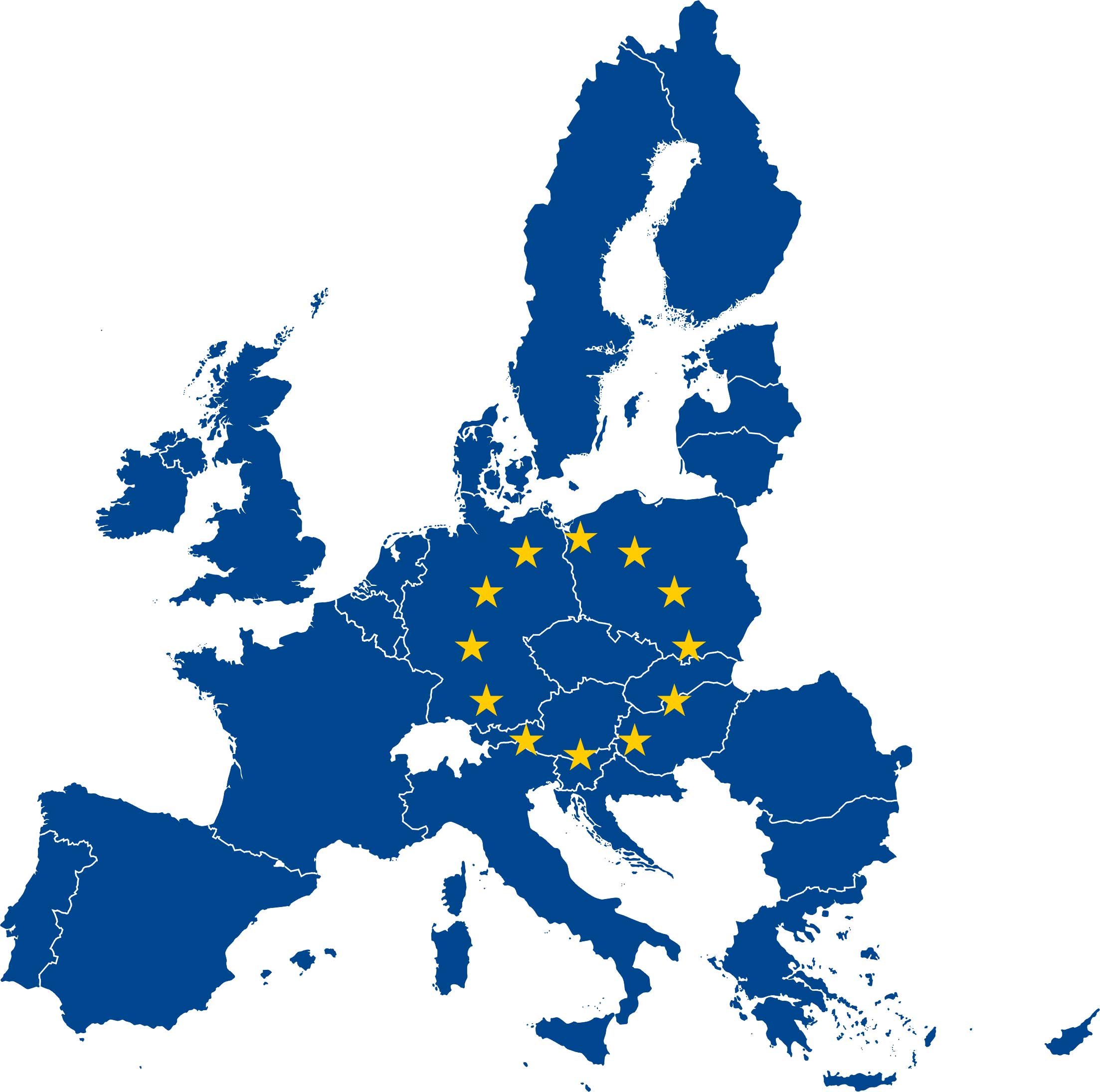There are key elements items operators should ensure they have covered before taking off to Europe. Non-European Union (EU)-registered aircraft operators are subject to SAFA (Safety Assessment of Foreign Aircraft) ramp inspections when operating in the EU member states plus Iceland, Norway, Switzerland, along with any state with which the European Aviation Safety Administration (EASA) has a working arrangement on SAFA. The biggest issues generally occur when inspectors come to the plane and the crew is not prepared. To avoid unnecessary complications, we are highlighting some key items you should be prepared to be able to show:
International Operations Manual
Operators should have an up-to-date International Operations Manual (IOM) to ensure they are conforming to current required procedures and industry best practices when operating across the Atlantic and within Europe. An IOM should include procedures for North Atlantic (NAT HLA), RVSM, PBN (RNP/RNAV), and, if equipped, Data Link procedures. For operations within Europe, the IOM should also include procedures for P-RNAV and B-RNAV, which covers RNAV operations in the enroute and terminal areas within Europe.
Operators should be aware that LOAs for each of these Special Areas of Operation are required, regardless of where the aircraft is based. The LOA must be issued with the name of the entity with operational control of the aircraft. In a case where more than one entity has operational control, separate LOAs must be obtained
MEL Compliance
Even though there are still ongoing discussions between the Federal Aviation Administration (FAA) and the European authorities, it is critical to note that FAA approval does not ensure international compliance when it comes to Minimum Equipment Lists (MEL), so we recommend erring on the side of caution for your trip.
One of the most important clarifications that operators must understand today is that it is no longer acceptable to use your MMEL as your MEL. Because an MEL is developed specifically for your aircraft, your fleet and your company, many European inspectors have now made it clear that they require an MEL.
This is because the MMEL does not contain the specific procedures or regulations that crews must follow. Additionally, EASA’s focus on performance-based standards included in the International Civil Aviation Organization’s (ICAO) Annex 6, Part 2, Chapter 2.5 requires operators to have information relevant to the airplanes required communication, navigation or communication specification capabilities included in the MEL. This standard requires the operator to take a broader view of specific equipment and its relationship to other systems and performance requirements.
Part-NCC Must be a Part of Your Pre-flight Arsenal
If you are an operator that either has an operating base in Europe or one outside any EASA country, then you also need to strongly look how you may fall under Part-NCC requirements. If you operate an aircraft registered in an EASA member state, or if your aircraft is registered in another country but your principal trip or regular business is to an EASA member state, your operations will be subject to Part-NCC.
As a business jet operator executing flight activities to Europe, you should prior to your trip verify at a minimum:
- If you are subject to Part-NCC and, if in doubt, get a ruling from the competent authorities.
- If you are subject to Part-NCC, determine which entity will be the operator under Part-NCC.
- Start the compliance process with Part-NCC and apply for the specific approvals by the competent authority.
- Declare the new activity and submit relevant documentations to the competent authority.
An SMS Program is Critical for Your Travel
You should also be prepared to demonstrate you have a Safety Management Systems (SMS) program in place and that it clearly outlines the Standard Operating Procedure (SOP) your flight crew executes. An SOP or a proper operations manual provides crews with the step-by-step guide to effectively and safely carry out operations. Many accidents occur because of the operating environments and individual operator behavior – the “Human Factor” – in the aviation community. Such causal factors of accidents aren’t common to all operators, but they must be examined with methods that are specific to the individual operator’s situation.
Specifically, one of the defining characteristics of an SMS is its emphasis on risk management within an operation. It provides inspectors with the ability to better see the relation between the common risk factors that are addressed by traditional aviation regulations and those that are more situational. ICAO Introduced requirements related to SMS back in 2009. It is important to note that EASA compliance is set to strengthen traditional risk control practices and ensure safety risks are managed in a systematic way – so be prepared prior to your trip.
AviationManuals Support
All of the documentation and procedures discussed are critical elements for any flight plan, but essential for travel to the EU. Flight operators should be able to demonstrate all of these are in place in the event of a ramp check. Contact AviationManuals if you have any questions or if you would like additional information.
